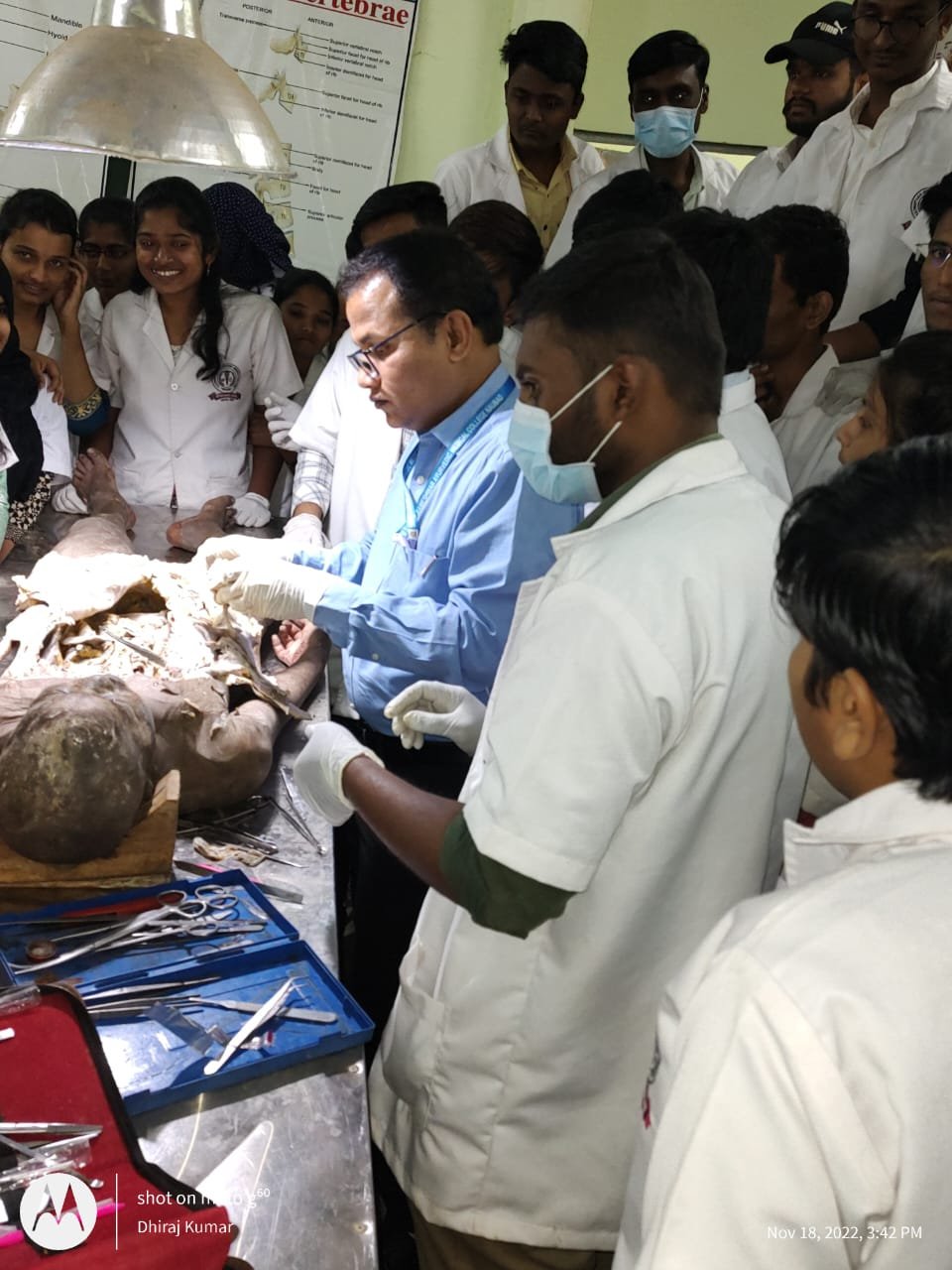The department of Shareera Rachana makes the students to undergo the Cadaver dissection, computerized dissection (digital), Histological study etc. It tries to simplify the subject by Comparative and Correlative study with the modern science.Knowledge of Shareera Rachana is essential for better understanding of principles of Chikitsa.






